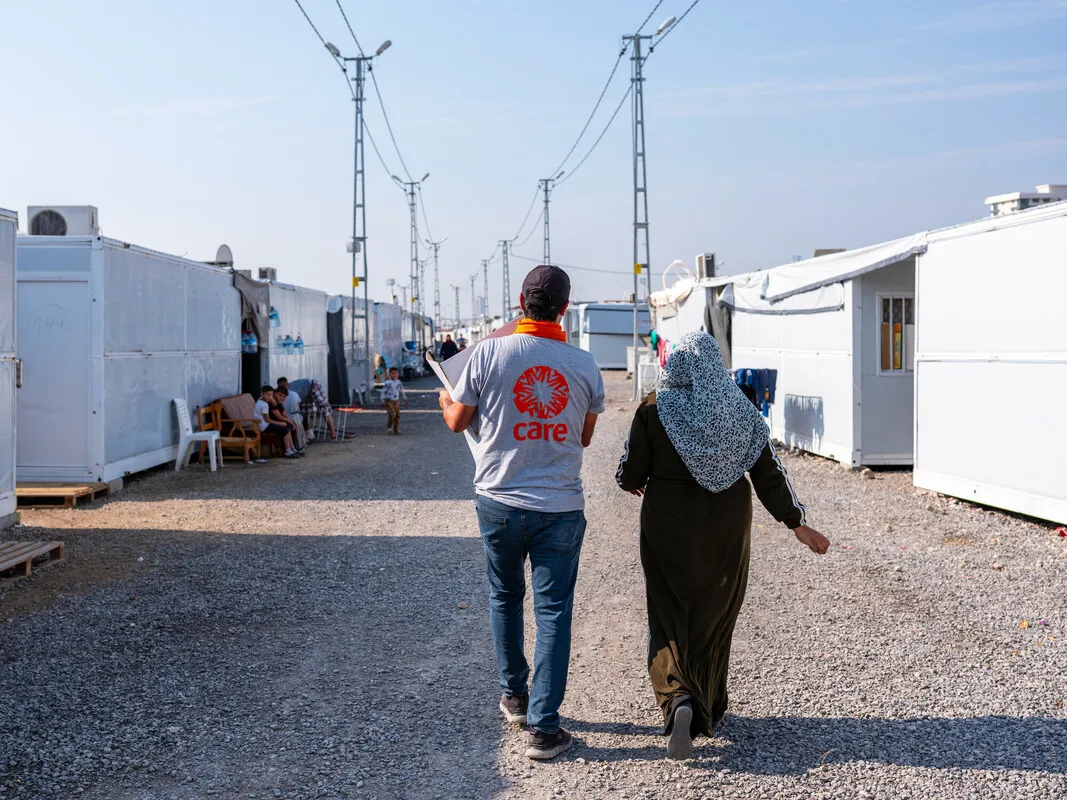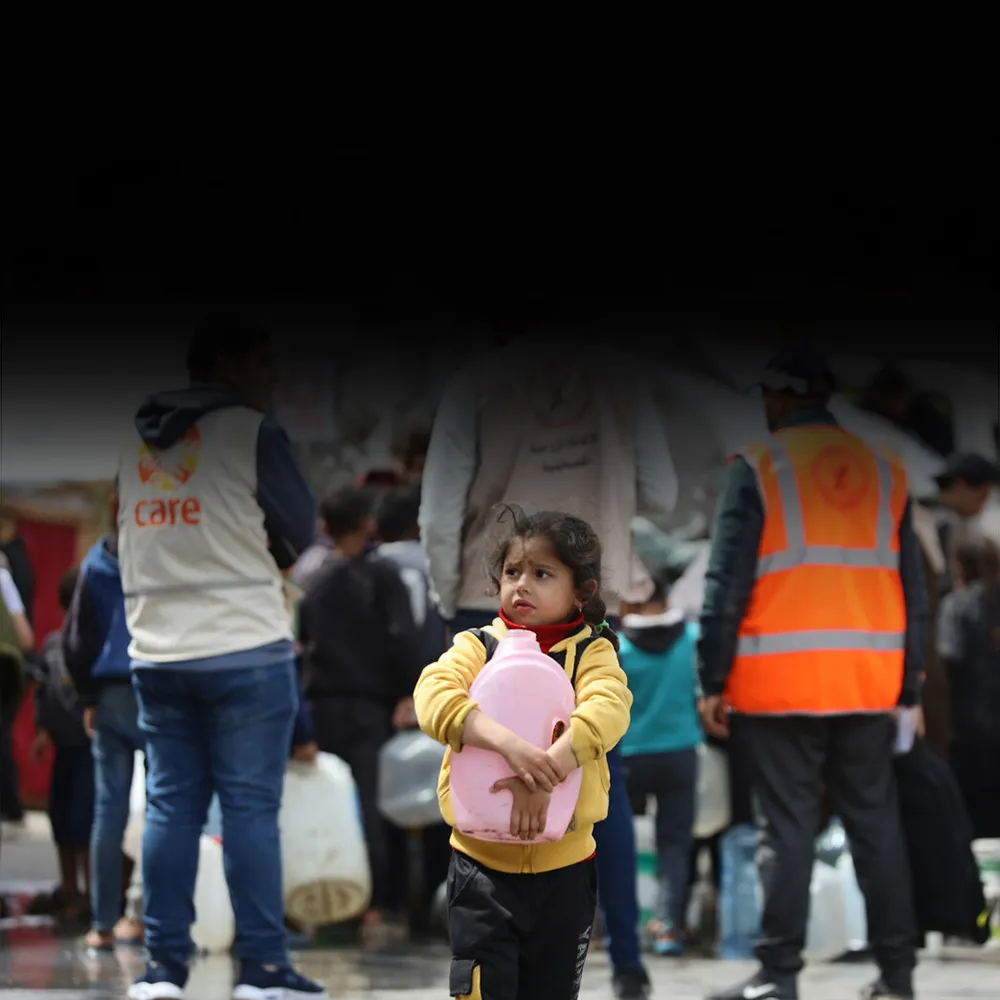From disaster response to long-term recovery
We use our decades of experience, global reach, and robust network of partners for comprehensive emergency response.
First, we work with communities to prepare for and mitigate the impact of disasters.
Then, we partner with local partner organizations to provide immediate assistance when an emergency hits.
And finally, we work with survivors, especially women and children, to help them recover after the crisis has passed.
Looking ahead, our goal is to create a flexible humanitarian surge fund. This will enable CARE to respond rapidly and effectively to up to four simultaneous large-scale emergencies. It will also support CARE’s work in addressing protracted emergencies.


